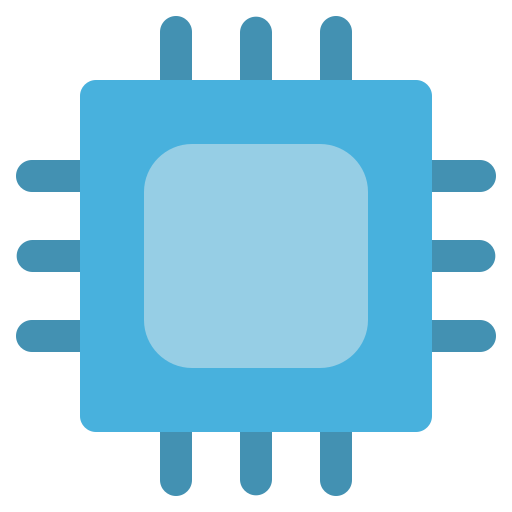Don’t bring anything with a modem and you’re good to go.
- 0 Posts
- 232 Comments
You are complaining about the photo monitoring functionality, which happens 100% on device. You can confirm this very easily by monitoring the app’s network activity when you receive an image. Android System SafetyCore does a lot more things than photo monitoring, one of which is providing emergency location data (ELS). This is required by law in the EU, India, and the USA.

 6·3 days ago
6·3 days agoIs there even an inkling of a plan to go from “dev kit” to “widely available consumer product?”
It’s not a dev kit, it’s meant to be a regular PC with upgradable storage, RAM, and PCIe slot for $120. Milk-V and other RISC-V companies already have widely available consumer products (Milk-V Mars, Banana Pi, etc.), they’re just usually SBCs because that’s what’s easiest to produce and RISC-V is early in development. Remember that the first standard with Vector instructions just came out a few months ago (RVA23), and there’s no point in trying to seriously compete with X86/ARM PCs until you have that.
Even a lot of x86 devices are going to the soldered everything approach.
That right there tells you this is not a RISC-V/ARM problem. It’s just that everyone knows on-SOC memory performs better than DIMM, and manufacturers are starting to offer these to compete with Apple M chips.
The app doesn’t
connectsend the imagine to the internet, so it’s not that big of a deal. I guess that could change in the future though.

 5·3 days ago
5·3 days agoMilk-V Oasis Mini ITX board was going to have replaceable RAM, M.2 slot for SSD, and 4x SATA slots. The only reason it didn’t release was because of Sophgo sanctions (They make the SG2380 which was the Oasis was based on)

 2·3 days ago
2·3 days agoThis has nothing to do with tariffs.

 1·4 days ago
1·4 days agoI guess that makes sense.

 136·4 days ago
136·4 days agoSure, but that’s not relevant. Unless you’re suggesting that people buying a train is a better idea than buying a Tesla.

 1410·4 days ago
1410·4 days agoHint: None of those companies make electric vehicles.

 103·4 days ago
103·4 days agoI sincerely hope your reply in the mailing list was satire .
You can run an imitation of the DeepSeek R1 model, but not the actual one unless you literally buy a dozen of whatever NVIDIA’s top GPU is at the moment.

 9·7 days ago
9·7 days agoI can’t believe some people think that putting tariffs on a country means the country will just give the government 25% of everything and the merchants of that country are not just going to raise the prices to match the new expenses(or maybe even a little bit more since they have a good excuse to change prices)
I’m not sure anyone believes that. The point of tariffs is that merchants will have to increase prices to keep the same profit, causing people to purchase less of the product and look for cheaper alternatives (those without tariffs).

 31·8 days ago
31·8 days agoIt used to be double that, so I can see why people see it as a bad thing. But I also don’t think 7.1B profits qualifies as “poor financial results”, even if it used to be higher.
Is there another example of this happening in Facebook aside for the openKylin post? I looked around and every article is only talking about this specific DistroWatch issue.

 4·12 days ago
4·12 days agoI guess we just found out. https://github.com/deepseek-ai/DeepSeek-V3

 94·13 days ago
94·13 days agoThat link explains nothing, it just tells you what people are using. Why does a game requiring a GPU feature mean, by your own words, the death of optimization?

 137·13 days ago
137·13 days agoHow does requiring a GPU feature translate into bad optimization?

 5·17 days ago
5·17 days agoModern AMD CPUs have 24 PCIe 5.0 lanes, and decent modern GPUs like the ARC B580, RX 7600 XT, RTX 4060 Ti only use 8 lanes of PCIe 4.0. That would leave you with 16 5.0 lanes, which isn’t too bad.


The same people who buy ATX form factor x86? The only thing making these platforms different is software support, which is getting better for RISC-V everyday. You wouldn’t buy a RISC-V computer today for high performance gaming or scientific computing, but it definitely works as a general purpose machine (web browsing, office apps, watching videos, etc.) This year shouldn’t see much progress in hardware since RVA23 just came out (maybe some RVA22 + V), but you can expect some nice things to come out 2026-2027 since now you have all you need to build a competent RISC-V CPU.